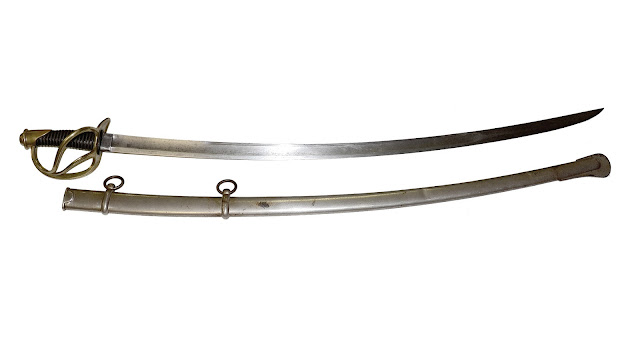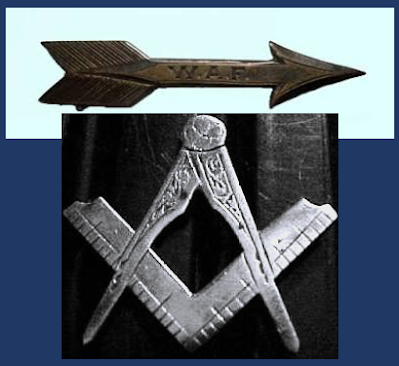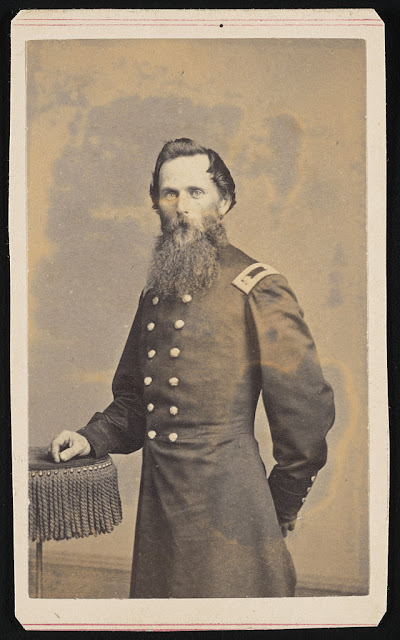A Cloud of Dust, Smoke, Timber, and Men

S urgeon Elihu Toland of the 18 th South Carolina was visiting his regiment in the lines at Petersburg, Virginia on the morning of July 30, 1864, when the Army of the Potomac detonated their massive mine loaded with 8,000 pounds of black powder below the lines held by his fellow South Carolinians. “Simultaneous with the deep, dead sound, and the quiver of earth, there arose in the air a cloud of dust, smoke, timbers, men, muskets, and all manner of shapes and fragments that flew in every direction,” Surgeon Toland later wrote. “Then for a moment a stillness. Then it seemed as if every cannon on the whole Federal line was turned loose upon us. Shells shrieked through the air as musket balls and fragments of shells flew in every direction, plowing up the earth and cutting off limbs from the few trees that the relentless hand of war had spared. Then came the charge.” Dr. Toland’s account of the Battle of the Crater appeared in 1884’s Rifle Shots and Bugle Notes
















